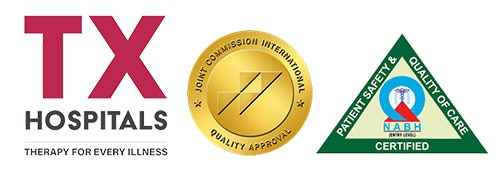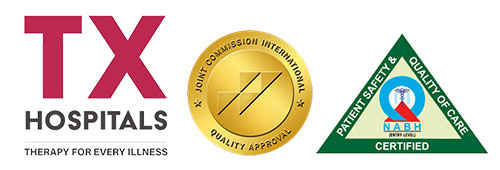Hernia And Its Repairs
Hernia is a common medical condition that occurs when an organ or tissue protrudes through a weak spot or opening in the muscle or tissue that surrounds it. Hernias can occur in different parts of the body, including the abdomen, groin, diaphragm, and belly button. Hernias may be present at birth or may develop over time due to injury, strain, or aging. In this article, we will discuss the different types of hernias and their repair details.
Types of Hernias:
1. Inguinal Hernia:
An inguinal hernia is the most common type of hernia, accounting for 70% of all hernias. It occurs when a part of the intestine or fatty tissue protrudes through the inguinal canal, which is a passageway in the lower abdominal wall. Inguinal hernias are more common in men than women and may cause pain and swelling in the groin area.
2. Umbilical Hernia:
An umbilical hernia occurs when part of the intestine or fatty tissue protrudes through a weak spot in the abdominal muscles near the navel. Umbilical hernias are more common in infants, but they can also occur in adults. In most cases, umbilical hernias are harmless and do not require treatment. However, if the hernia is large or causing discomfort, surgery may be necessary.
3. Incisional Hernia:
An incisional hernia occurs when part of the intestine or fatty tissue protrudes through a weak spot in the abdominal muscles at the site of a previous surgical incision. Incisional hernias are more common in people who have had abdominal surgery and may cause pain, discomfort, or a visible bulge.
4. Hiatal Hernia:
A hiatal hernia occurs when a part of the stomach protrudes through the diaphragm, which is a muscle that separates the chest cavity from the abdominal cavity. Hiatal hernias are more common in people over the age of 50 and may cause acid reflux, heartburn, and difficulty swallowing.
5. Femoral Hernia:
A femoral hernia occurs when a part of the intestine or fatty tissue protrudes through the femoral canal, which is a passageway in the groin area. Femoral hernias are more common in women than men and may cause pain and swelling in the groin area.
Types of Hernia Repairs
- Open Hernia Repair: This is the traditional method of hernia repair, which involves making a large incision over the hernia site. The surgeon then pushes the protruding tissue back into place and reinforces the weakened spot with a mesh. The incision is closed with sutures or staples.
- Laparoscopic Hernia Repair: This is a minimally invasive procedure that involves making small incisions in the abdomen. The surgeon inserts a laparoscope (a thin, flexible tube with a camera) into one incision and small surgical instruments into the others. The hernia is repaired with the use of a mesh, which is inserted through one of the incisions.
- Robotic Hernia Repair: This is a newer, minimally invasive procedure that involves the use of a robotic system to perform the surgery. The surgeon controls the robotic arms to make small incisions and repair the hernia with a mesh.
- Tension-Free Hernia Repair: This type of hernia repair involves placing a mesh over the weakened spot without sutures or tension. This allows the surrounding tissue to heal and grow around the mesh, reinforcing the weakened spot.
- Component Separation Hernia Repair: This is a complex hernia repair that involves separating the layers of the abdominal wall to access the weakened spot. The surgeon then brings the healthy tissue together to close the hernia and reinforces the area with a mesh.
Recovery After Hernia Repair
Recovery after hernia repair depends on the type of procedure performed and the patient’s overall health. In general, patients can expect to experience some pain and discomfort after the procedure, which can be managed with pain medications. Patients may also need to limit their physical activity and avoid heavy lifting for several weeks after the procedure to allow the area to heal properly. The surgeon will provide specific instructions on when the patient can resume normal activities. It is important for patients to follow the surgeon’s instructions for aftercare, including keeping the incision site clean and dry, monitoring for signs of infection, and attending follow-up appointments as scheduled.
Conclusion:
Hernia repairs are common surgical procedures that aim to fix the weakened spot in the surrounding tissue that allows organs or fatty tissue to protrude. There are different types of hernia repairs, including open, laparoscopic, robotic, tension-free, and component separation hernia repair. Recovery after hernia repair depends on the type of procedure performed and the patient’s overall health, but most patients can expect to return to normal activities within a few weeks after the procedure.







